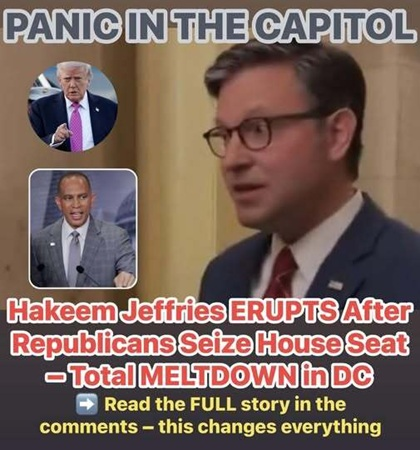
Across the United States, a quiet yet profoundly consequential battle is unfolding. Unlike debates over policy or legislation, this struggle centers on invisible lines — the boundaries drawn on maps that determine which voters are grouped together and, ultimately, who holds power in Congress. Though technical in appearance, these lines shape the practical workings of democracy. They decide which communities have influence, which voices are amplified, and which are marginalized, often with consequences that stretch for decades. The Republican Push in Key States. In multiple states, Republican-led legislatures are advancing congressional maps designed to expand their representation in Washington. Encouraged by former President Donald Trump and his allies, these efforts seek to secure additional Republican seats, particularly in competitive districts. While framed by proponents as a reflection of voter will, critics argue that these moves constitute political engineering, prioritizing party advantage over fair…